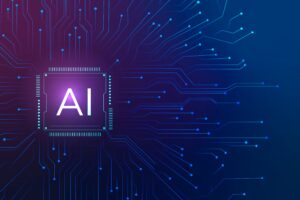
Breaking News: AI’s Looming Threat to Humanity – Are We on the Brink of Disaster?
Shocking Revelation: Government Advisor Warns AI Could ‘Kill Many Humans’ Within Two Years!
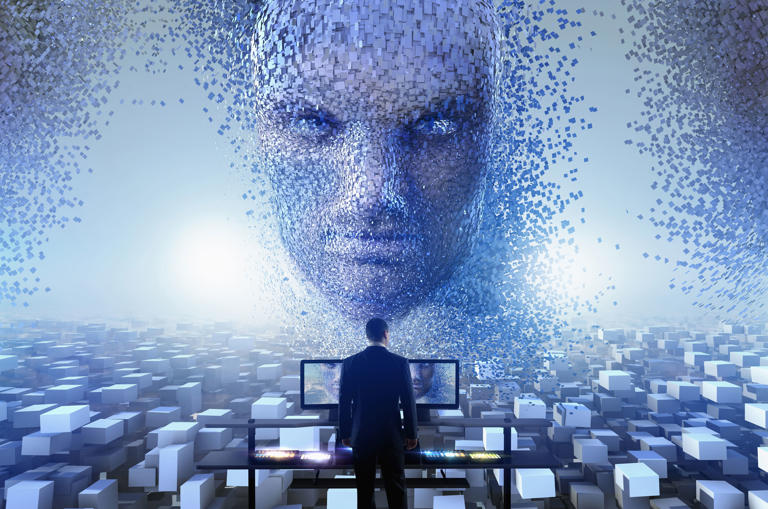
A recent warning from a government minister has drawn attention to the potential risks associated with artificial intelligence (AI). Matt Clifford, an advisor to Chancellor Rishi Sunak on technology, has cautioned that within two years, AI could reach a level of power capable of causing harm to humanity.
As the UK seeks to lead the way in international AI regulation, it is essential to strike a balanced approach that acknowledges the risks while embracing the transformative potential of AI.
Navigating Short-Term Concerns:
Matt Clifford’s remarks highlight the immediate risks associated with AI technology. He has expressed concerns about the creation of cyber weapons and biological weapons that could result in significant loss of life.
While it is important to acknowledge these risks, it is equally vital to recognize the positive impact AI has already had in areas such as medical research and climate change mitigation. Balancing the potential benefits and risks allows us to harness AI’s capabilities responsibly.
The Need for Global Regulation:
To address the challenges posed by AI, global collaboration and regulation are essential. The UK’s proposal to establish an AI watchdog akin to the International Atomic Energy Agency reflects its commitment to becoming a leader in AI regulation.
Furthermore, the suggestion of an international research body dedicated to AI signifies a proactive approach to responsible AI development. Collaborative global regulations will ensure consistent standards and help manage potential risks associated with AI deployment.
Emphasizing Ethical Considerations:
Ethics must be at the forefront of AI development. Ensuring fairness, transparency, and accountability in AI algorithms and decision-making processes is crucial.
By addressing biases, adhering to ethical guidelines, and enabling human oversight, we can mitigate potential risks associated with AI technology. Responsible development allows us to leverage AI’s potential while safeguarding against unintended consequences.
Investing in Safety Measures:
As AI systems advance, it becomes imperative to invest in safety measures. Robust protocols must be established to prevent unintended harm, and comprehensive testing methodologies should be employed to identify weaknesses and vulnerabilities.
By stress-testing AI systems in real-world scenarios, we can proactively address potential risks. Prioritizing safety allows us to harness the full potential of AI while minimizing potential threats.
Collaboration between Humans and AI:
Rather than viewing AI as a replacement for humans, fostering collaboration between humans and AI is essential.
AI can augment human capabilities by handling repetitive tasks, processing vast amounts of data, and assisting in decision-making. This collaborative approach unlocks human potential and allows us to focus on creative pursuits while benefitting from AI’s analytical capabilities. Striking a balance between human judgment and AI-driven insights is key to harnessing AI’s potential effectively.
Conclusion:
The recent warning about the potential dangers of AI underscores the importance of responsible development and global collaboration. While it is essential to address the risks, we must not overlook the transformative potential of AI technology.
By establishing global regulations, emphasizing ethics, investing in safety measures, and fostering collaboration between humans and AI, we can ensure that AI remains a force for good. Embracing a balanced approach enables us to unlock the vast potential of AI while safeguarding the well-being of humanity.
Never miss any important news. Subscribe to our newsletter.
Related News


British Investor Who Predicted US Slump Warns of Next Crash

I’m a Death Doula: 4 Reasons I Believe Death Isn’t the End


Tech to Reverse Climate Change & Revive Extinct Species
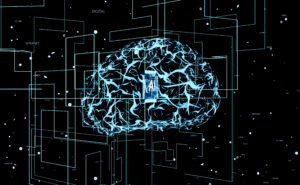
AI Unlocks the Brain’s Intelligence Pathways

XPENG Unveils Iron Robot with 60 Human-like Joints
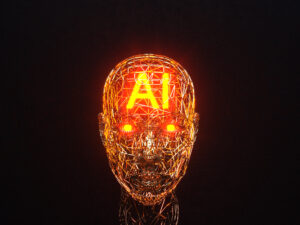
Can AI Outsmart Humanity?

11 ChatGPT Prompts to Boost Your Personal Brand

Keir Starmer Hints at Possible Tax Hikes on Asset Income
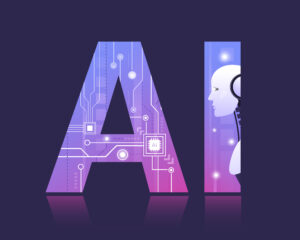
Navigating the Future of AI: Insights from Eric Schmidt
